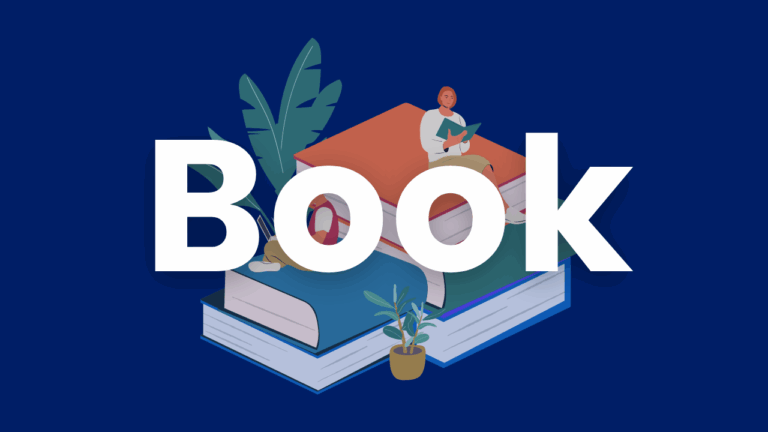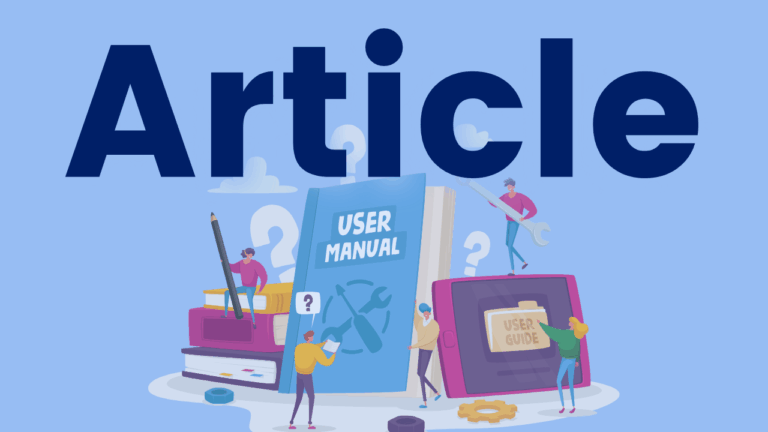MTSS: Raising Reading Outcomes
Hear the story of dedicated educators working together to put in place a full MTSS framework (Tiers 1-3) to support ALL students. This webinar focuses on a partnership between Mount St. Joseph University and a local school; the main investigator and school administration share their journey.




